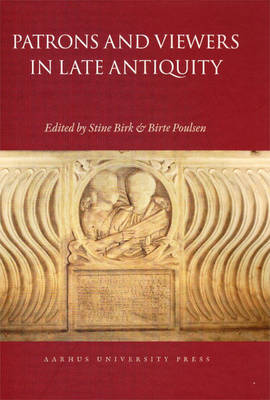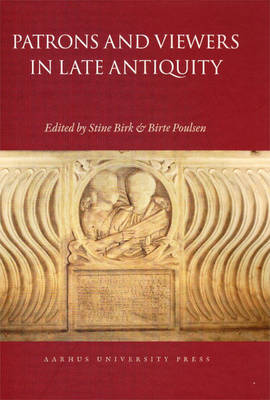
- Afhalen na 1 uur in een winkel met voorraad
- Gratis thuislevering in België vanaf € 30
- Ruim aanbod met 7 miljoen producten
- Afhalen na 1 uur in een winkel met voorraad
- Gratis thuislevering in België vanaf € 30
- Ruim aanbod met 7 miljoen producten
Zoeken
Patrons and Viewers in Late Antiquity
€ 79,95
+ 159 punten
Omschrijving
The monumentality and the often rich embellishment of late antique buildings and monuments emphasises their importance to the patrons that commissioned them. However, the understanding and interpretation of the message conveyed may often be obtained through the study of the other important agent, namely the viewer. This book contains a collection of papers that focuses on the way patrons, pagan as well as Christian, conveyed messages through material and visual culture and on the reception by the viewers. The contributions investigate how patrons of luxurious buildings, elaborate grave monuments, and churches used architecture, images, and inscriptions to demonstrate political, social, and religious power. The visual arts were a strong factor in communicating identity and attitudes both in the public and private spheres also in Late Antiquity.
Specificaties
Betrokkenen
- Uitgeverij:
Inhoud
- Aantal bladzijden:
- 319
- Taal:
- Engels
- Reeks:
- Reeksnummer:
- nr. 10
Eigenschappen
- Productcode (EAN):
- 9788779340114
- Verschijningsdatum:
- 23/11/2012
- Uitvoering:
- Hardcover
- Formaat:
- Genaaid
- Afmetingen:
- 175 mm x 239 mm
- Gewicht:
- 997 g

Alleen bij Standaard Boekhandel
+ 159 punten op je klantenkaart van Standaard Boekhandel
Beoordelingen
We publiceren alleen reviews die voldoen aan de voorwaarden voor reviews. Bekijk onze voorwaarden voor reviews.







